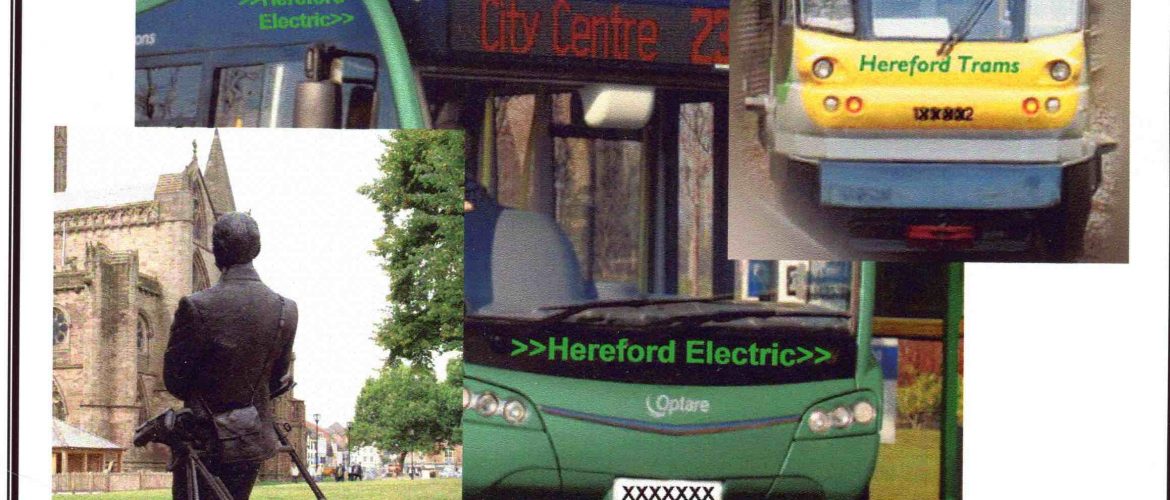The government has issued a call for evidence about the future of rural transport. What is becoming clear is that when government Covid 19 bail outs for the transport industry come to an end, which undoubtedly they will, there will be a drastic rethink of the way transport is provided in rural areas.
With this in mind the Herefordshire Sustainable Transport Group (HSTG) has submitted its findings as part of the call for evidence. A summary of the findings is given here.
- Incentivising positive changes in rural economics and society leading to a growth in localism is the most important aspect determining the future provision of rural transport. Encouraging and stimulating the consolidation and development of rural communities within the Herefordshire framework of villages and market towns is essential in reducing the demand for travel and hence reducing the cost and difficulty of provision.
- Development of a low-cost utility electric car and the possibilities for creating Community Interest Company rural car pools should be examined. These could have their own recharging depot possibly linked to a locally generated electricity supply.
- Widespread encouragement of active travel in rural areas should go hand in hand with a blanket speed restriction of 20/30 mph for unclassified and 50 mph for A and B class roads, together with effective enforcement.
- It is likely that the future role of the conventional bus will be limited to the inter-urban routes. That leaves a huge gap in a network that should serve the market towns and villages.
- An increase in rural Community Transport (CT) organisations could help fill this gap. However, it requires a lead organisation to offer advice, assistance and coordination with groups of parish councils in setting up a particular service or network of services in rural areas. Such a network must be seen as complementary to the existing inter-urban bus network in a particular area thus reinforcing effective integration of journeys as identified in the call for evidence guidance.
- Existing Demand Responsive Transport (DRT) currently provide examples of public, private and community partnerships which it may be possible to build on. Monitoring of these schemes should provide evidence of their success, value and means of providing rural transport within an integrated rural network. It is possible that DRT and CT will join in a future model for rural public transport, integrated with conventional public transport inter-urban services.
- Public transport publicity is important. This includes the case for county wide timetable books that are of valuable use in planning journeys in rural areas which may have irregular internet coverage.
- Ancillary services such as parcels by bus should be examined as a supplement income.
- The scope for increasing the use of rural railways should be studied, especially in respect of co-ordination with bus services and the creation of station hubs. The reopening of stations should also be closely followed, especially where rural communities have experienced growth.
- For rural shire counties such as Herefordshire there is an urgent need for the Transport Authority to develop a rural transport strategy and define an integrated and costed network with which it can seek to secure central government funding.
A copy of the full response can be found here
Gareth Calan Davies (HSTG) ghal@btinternet.com 01531 633594


